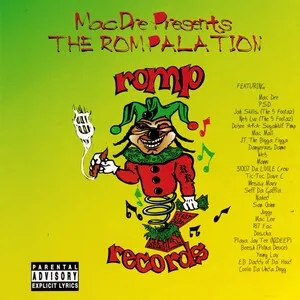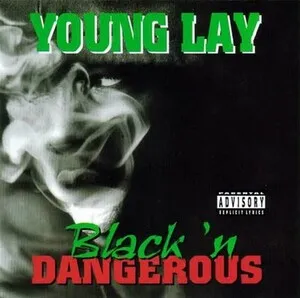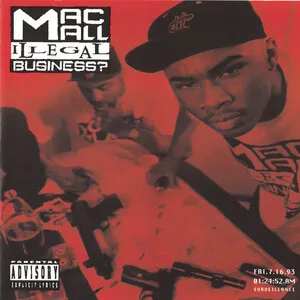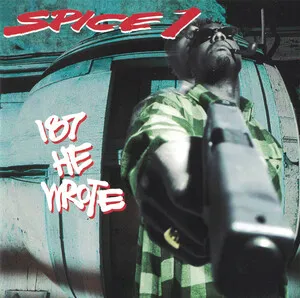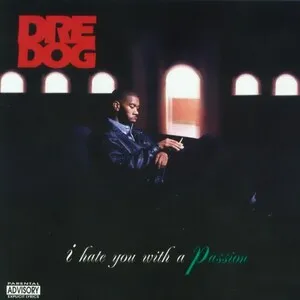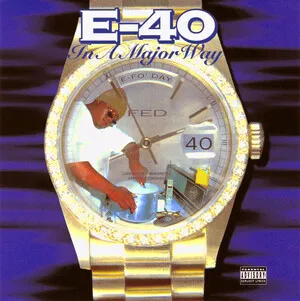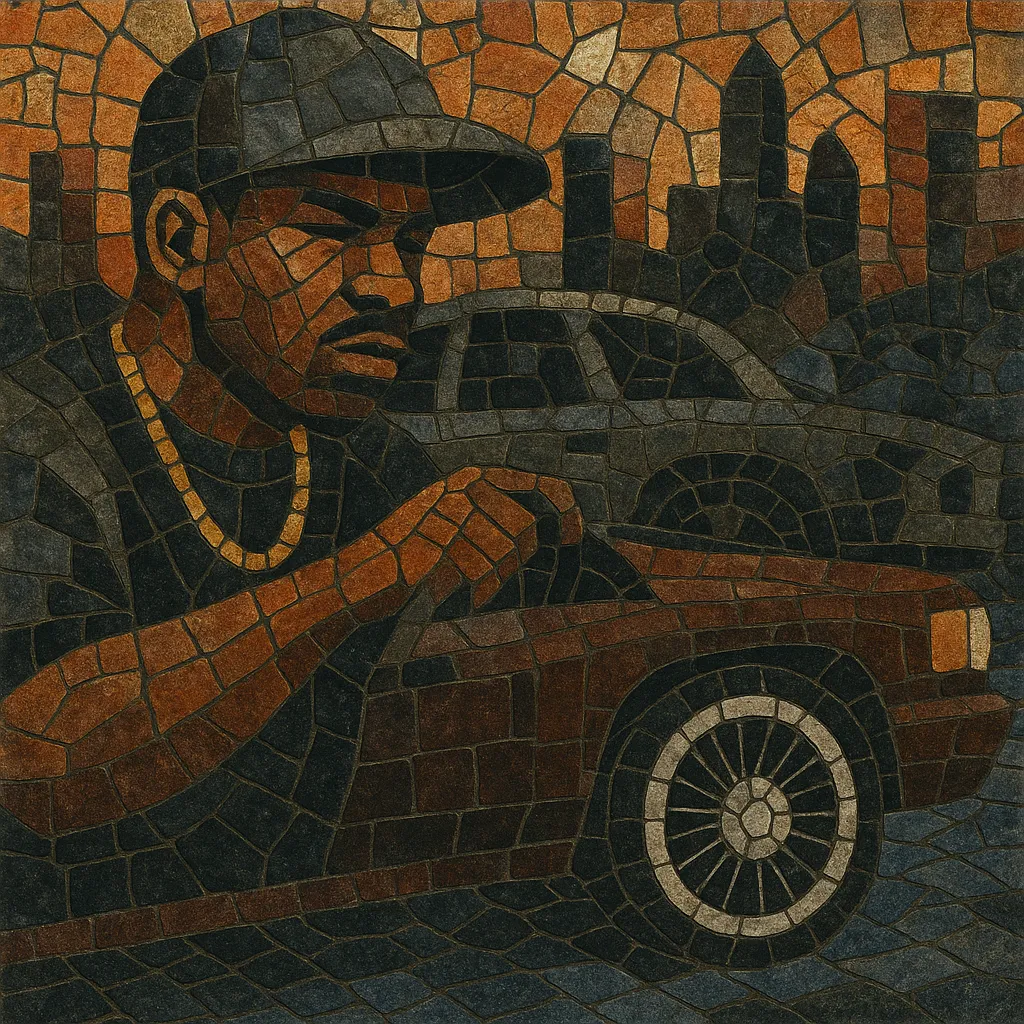
Mobb music (often spelled "mob music") is a Bay Area strain of West Coast hip hop built on slow-to-midtempo, bass-heavy grooves, minor‑key synth lines, and streetwise storytelling. It favors thick 808 sub‑bass, snappy claps or rimshots, creeping leads, and a laid‑back yet menacing swing that feels both smooth and hard.
Lyrically it centers on hustling, neighborhood life, pimp/player ethos, and hyperlocal slang, delivered with unhurried flows and conversational cadences. The sound draws strongly from funk and P‑Funk aesthetics yet is more minimal than G‑funk, emphasizing pocket, low‑end weight, and chantable hooks over complex harmony.
Mobb music emerged in Northern California—especially Oakland, Vallejo, and the broader Bay Area—as a local take on West Coast hip hop. Early groundwork came from Too Short’s minimal 808 funk and street narratives, while producers like Khayree, Ant Banks, Studio Ton, Mike Mosley, Sam Bostic, Tone Capone, and DJ Daryl shaped a bass‑first, synth‑driven palette. The term “mob(b)” reflected local slang for one’s crew and the music’s rolling, heavy feel.
From roughly 1992–1997, the style crystallized on classic albums by E‑40, Spice 1, Mac Dre, C‑Bo, B‑Legit, Celly Cel, Dru Down, and groups like Luniz. Records such as E‑40’s “In a Major Way,” Spice 1’s “187 He Wrote,” and Luniz’s “Operation Stackola” brought the sound wider attention while keeping its independent Bay ethos. Compared with concurrent G‑funk out of Los Angeles, mobb beats were often starker, darker, and more percussively sub‑driven, with chant‑ready hooks and conversational flows.
In the 2000s, hyphy carried forward mobb music’s slap, bounce, and slang into a more uptempo party context, while many artists continued to release classic Bay “slaps” in the traditional mold. The independent hustle—self‑pressed CDs, regional radio, and local distribution—remained central.
In the streaming era, the sound persists through catalog reappraisal, regional revivals, and producers who keep the thick sub‑bass, minimal synth motifs, and street storytelling alive. Its influence can be heard in later California movements that favor sparse, heavy low‑end and chantable hooks.

